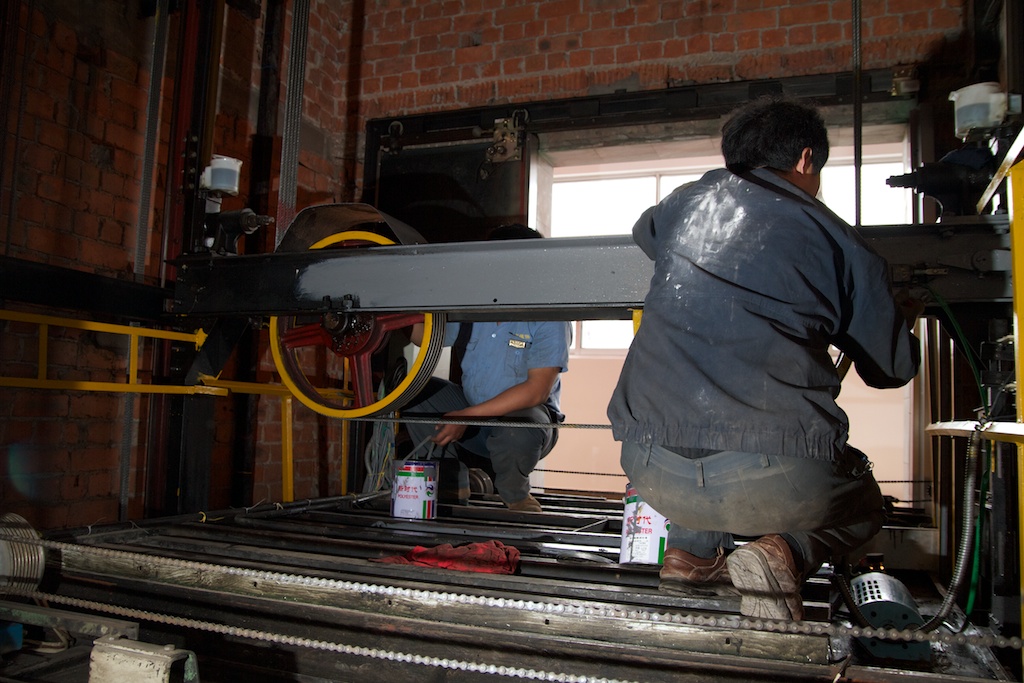Despite its 3,000 mile border and long shared history, the U.S. and Mexico do not currently have a bilateral agreement to regulate the flow of “lower-skilled” labor. Yet, as has long been the case, a significant share of laborers working in the U.S. are unauthorized immigrants from Mexico. In the event that a legislative debate around immigration reform begins again, the question of how to regulate future flows of “low-skilled labor” that serves the needs of both Mexico and the U.S. will surely arise.
In an effort to shape this future flow debate the Center for Global Development released “Shared Border, Shared Future: A Blueprint to Regulate US-Mexico Labor Mobility.” The working group who produced the report was chaired by former U.S. Secretary of Commerce Carlos Gutierrez and former president of Mexico Ernesto Zedillo.
Their report proposes a new bilateral worker agreement between Mexico and the United States. While acknowledging that immigration policy requires broader reforms, the report focuses exclusively on one element of comprehensive reform: temporary, employment-based future flows of low skilled immigrants. The authors see “the root cause of many current problems in past failures to properly regulate future flows…[and] propose an agreement that would regulate those flows in the shared interest of both countries.”
According to the report, it is the black market of labor, not Mexican workers, that has harmed U.S. workers. As the working group chairs explain, “A well-regulated labor market can shape the flow of migrant labor to ensure that it complements rather than competes with United States workers. A black market cannot do that.”
The authors also recognize the failures of past and current guestworker programs and understand the potential harm that could come if the new future flow program is poorly-designed and implemented. Therefore, it is imperative that any new system ensures that foreign workers are coming to the U.S. as part of a well-regulated system that protects U.S. workers.
Working with labor unions, employers, academics, and others, the Center for Global Development proposed a new bilateral agreement to regulate the future flows of lower-skilled workers. Such an agreement must:
- Seek to eliminate black-market labor mobility.
- Preserve the preference for U.S. workers for jobs in the U.S. and ensure all workers complement each other.
- Prevent spikes in labor inflows and be responsive to market conditions.
- Suppress abusive labor intermediaries and ensure employer compliance with labor standards.
- Share responsibility and accountability across the border.
Innovative solutions in the report include:
- A U.S. worker priority fee that U.S. employers must pay to hire Mexican workers through the program. This would ensure that employers hire U.S. workers when available.
- A decelerator safeguard cap that relies on a formula to transparently and predictably limit the annual changes in the number of new work permits granted, taking into account periods of high and low unemployment.
- Mexican recruiter certification to ensure workers come exclusively through sanctioned recruiters, and enforcement actions against smugglers and other unsanctioned actors.
- A transparent and publicly accessible database for employer-employee matching.
- Sectoral visa portability so that workers are not tied to a single employer.
- Overstay regulation and incentives to return once the visa has expired.
The report is an important step in moving the conversation forward on how to regulate labor from Mexico (and potentially other countries). There is no doubt foreign labor has always been an important part of the U.S. labor force, however immigration reform must include thoughtful and productive ways to manage and regulate the future flow of workers so that all workers reap the benefits.
Photo by Gatanass.
FILED UNDER: featured, Labor, México


